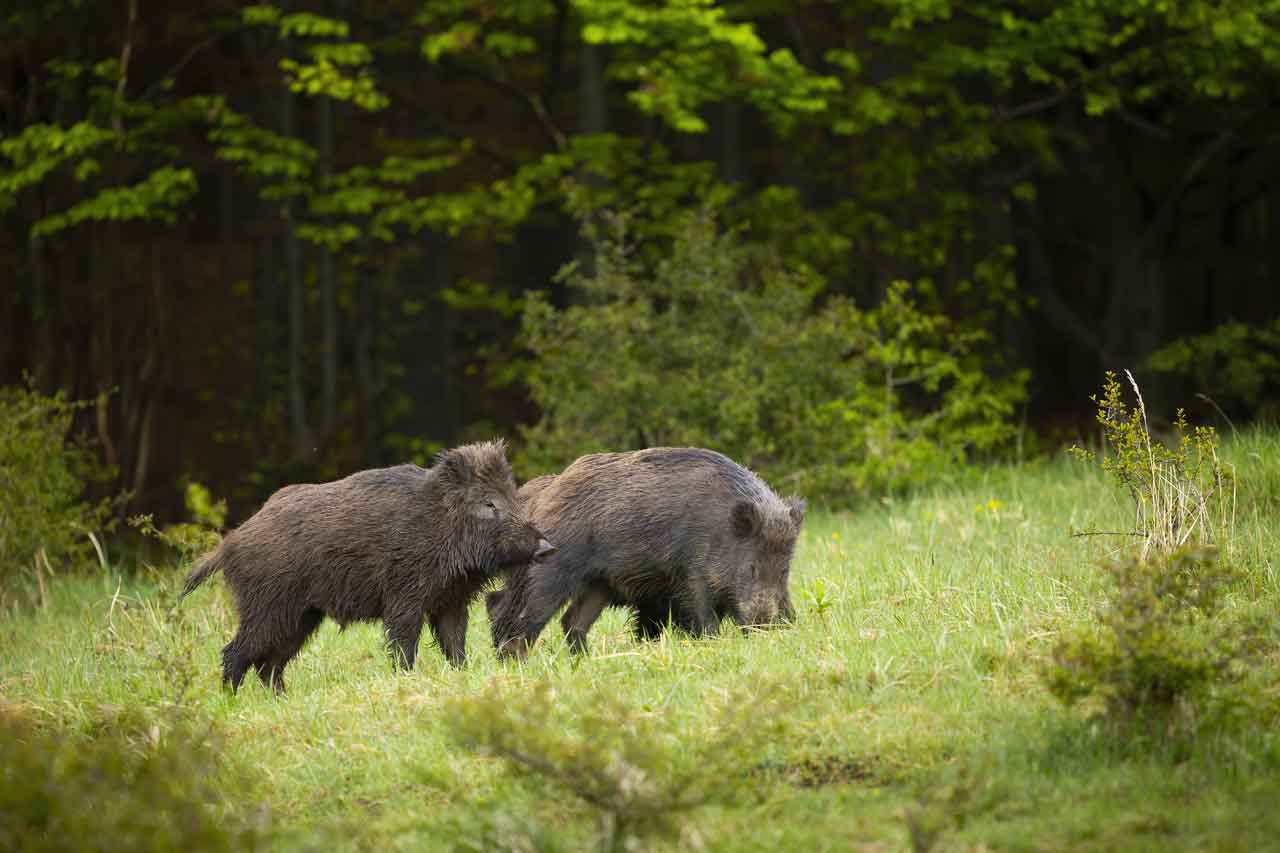What is the extent of wild hog property damage in the United States?
Wild hogs, also known as feral pigs, can cause significant damage to properties across the United States. According to recent statistics, these invasive species cause an estimated $1.5 billion in property damage annually. This damage includes destruction of crops, pastures, and natural habitats.
How do wild hogs impact agricultural lands?
Wild hogs pose a major threat to agricultural lands. They have a voracious appetite and can quickly decimate crops such as corn, soybeans, and wheat. Additionally, they root in the soil, causing soil erosion and damaging irrigation systems. Farmers often struggle to control the population and mitigate the damage caused by these destructive animals.
What are the environmental consequences of wild hog activity?
Wild hogs are known to cause extensive damage to the environment. Their rooting behavior disrupts native plant communities and destroys the habitats of other wildlife species. They also contribute to the spread of invasive plant species and can negatively impact water quality by contaminating water sources with their waste.
Which states are most affected by wild hog property damage?
Wild hogs are a widespread problem across the United States, but some states bear the brunt of the damage. Texas, Florida, and California are among the most affected states, with large populations of wild hogs causing significant property damage. These states have implemented various control measures to manage the hog populations and minimize the associated damage.
What are the economic implications of wild hog property damage?
The economic implications of wild hog property damage are substantial. In addition to the direct costs of crop and property damage, there are indirect costs such as increased pest control expenses and decreased land value. The presence of wild hogs can also deter recreational activities such as hunting and wildlife tourism, impacting local economies.
How can landowners protect their properties from wild hog damage?
Landowners can take several measures to protect their properties from wild hog damage. Installing sturdy fences can help keep wild hogs out of agricultural areas. Trapping and hunting programs can also be effective in controlling the population. Additionally, landowners can work with local wildlife agencies to implement targeted management strategies.
What are the current efforts to address the wild hog problem?
Recognizing the severity of the issue, federal and state agencies, along with private organizations, are actively working to address the wild hog problem. These efforts include research on population dynamics, development of effective control methods, and public education campaigns to raise awareness about the issue. Collaboration between different stakeholders is crucial in managing and mitigating the damage caused by wild hogs.
Conclusion
Wild hog property damage is a significant issue in the United States, with billions of dollars lost each year. The destructive behavior of wild hogs not only impacts agricultural lands but also poses environmental and economic challenges. By implementing targeted control measures and fostering collaboration, it is possible to minimize the damage caused by these invasive species and protect our lands.


